Maintaining Your Water Treatment Systems: Tips and Best Practices
Water is an essential resource that plays a critical role in our daily lives, from drinking and cooking to cleaning and bathing. Ensuring the quality of this water is crucial, especially for homeowners who rely on water treatment systems to provide safe and clean water.
Maintaining your water treatment system ensures optimal performance and extends its lifespan. Regular inspections and timely filter replacements help prevent contamination and keep your water safe.
Understand the Different Types of Water Treatment Systems
Water treatment systems come in various forms, each designed to address specific water quality issues. The most common types include water softeners, filtration systems, and reverse osmosis systems.
Water softeners are designed to tackle hard water problems by removing minerals such as calcium and magnesium, which can cause scale buildup and reduce the efficiency of appliances. Filtration systems, on the other hand, work by removing impurities and particulates from water, ensuring it is clean and safe for consumption. Reverse osmosis systems offer a more thorough purification process by forcing water through a semipermeable membrane to eliminate contaminants.
Recognizing the type of system you have is essential for effective maintenance. For instance, water softeners often require regular salt replenishment, while filtration systems may need periodic filter changes. By understanding these differences, you can ensure that your system is maintained correctly and prevent potential malfunctions.
Do Routine Checks and Inspections
Regular inspections are vital for keeping your water treatment system running smoothly. These checks help identify issues early, preventing costly repairs or replacements. Key components to monitor include filters, valves, and pressure gauges. Filters should be checked for clogging, valves for proper operation, and pressure gauges for accurate readings.
It is advisable to perform these routine checks every three to six months. Homeowners should be alert for signs of potential issues, such as unusual noises, reduced water flow, or changes in water taste or smell. Addressing these signs promptly can prevent further complications and ensure your system operates efficiently.
Clean and Sanitize Your Water Treatment System
Cleaning and sanitizing your water treatment system is a critical aspect of maintenance. Take a look at this step-by-step guide to cleaning different systems.
Water Softeners
Clean the brine tank by emptying it and scrubbing it with a mixture of water and dish soap. Rinse thoroughly and refill with fresh salt.
Filtration Systems
Replace or clean filters as recommended by the manufacturer. Use the appropriate cleaning agents to avoid damaging the system.
Reverse Osmosis Systems
Sanitize the storage tank and replace the membrane if necessary. Use a sanitizing solution specifically designed for reverse osmosis systems.
Regular cleaning prevents buildup and contamination, extending the system’s lifespan. The frequency of cleaning varies; for example, water softeners might need annual cleaning, while filtration systems could require more frequent attention.
Monitor Water Quality
Testing your water quality at home is a proactive way to ensure your system functions correctly. Water testing kits are available that measure various parameters such as pH, hardness, and contaminant levels. Understanding these results helps in adjusting system settings to address any changes in water quality.
Regular monitoring allows you to detect any deviations in water quality, enabling you to take corrective measures promptly. By keeping a record of your water quality tests, you can track changes over time and identify any patterns that may require further attention.
Call in the Professionals
While regular maintenance can be done by homeowners, certain situations require professional intervention. Indicators that professional servicing is needed include persistent issues despite routine checks, noticeable drops in water quality, or system components that are beyond your expertise to repair.
Professional maintenance services offer benefits such as thorough inspections, precise repairs, and expert advice on system improvements. Scheduling professional check-ups annually is generally recommended. During a professional servicing appointment, expect a comprehensive examination of your system, identification of any hidden issues, and recommendations for optimal performance.
Understand Local Considerations for Water Treatment Maintenance
Residents of Summit and Wasatch Counties face unique challenges regarding water treatment maintenance due to local water quality issues. Hard water is a common concern in these areas, affecting both water softeners and filtration systems. Tailoring maintenance plans to address these local conditions is essential.
Local water quality reports, such as those provided by the Utah Department of Environmental Quality, offer valuable insights into specific issues affecting your area. These reports can guide you in adjusting your maintenance practices to better suit local water characteristics.
Explore Common Myths and Misconceptions
Several myths surround water treatment system maintenance, leading to improper practices. One common misconception is that water treatment systems are "set it and forget it" solutions. In reality, regular maintenance is necessary to keep them functioning effectively.
Another myth is that all water treatment systems require the same maintenance. As previously discussed, different systems have distinct needs, and understanding these differences is crucial.
Dispelling these myths helps homeowners maintain their systems correctly, ensuring cleaner and safer water for their households.
Understand the Importance of Regular System Upgrades
As technology advances, water treatment systems continue to evolve, offering improved efficiency and effectiveness. Staying informed about the latest developments in water treatment technology can help you make informed decisions about upgrading your system. Upgrading your system can lead to better water quality, reduced maintenance needs, and increased energy efficiency.
Consider consulting with a water treatment professional to discuss potential upgrades that may benefit your home. They can provide insights into the latest technologies and recommend systems that align with your water quality needs and budget.
Implement Eco-Friendly Practices in Water Treatment Maintenance
Incorporating eco-friendly practices into your water treatment maintenance routine can have a positive impact on the environment. Opt for environmentally friendly cleaning agents and materials that are biodegradable and non-toxic. Consider recycling used filters and other components where possible.
By adopting sustainable practices, you contribute to reducing your environmental footprint while maintaining the efficiency and effectiveness of your water treatment system. Small changes in your maintenance routine can lead to significant environmental benefits over time.
Troubleshoot Common Water Treatment Issues
Even with regular maintenance, water treatment systems may encounter occasional issues. Some common problems include reduced water pressure, unusual noises, and water quality changes. Knowing how to troubleshoot these issues can save you time and money.
Start by checking for clogged filters or blocked valves, which are often the culprits behind reduced water pressure. Unusual noises may indicate loose components or air trapped in the system, requiring tightening or bleeding. For water quality changes, consider testing your water to identify the source of the problem and make necessary adjustments.
Learn the Role of Water Treatment Systems in Health and Safety
Water treatment systems play a crucial role in
ensuring the health and safety of your household. By removing contaminants and impurities, these systems help prevent waterborne illnesses and provide clean, safe water for consumption. Maintaining your water treatment system is not just about preserving its functionality but also about safeguarding your family’s health.
Stay informed about potential health risks associated with poor water quality and take proactive measures to address them through regular system maintenance and water quality monitoring. Your diligence in maintaining your water treatment system contributes to the well-being of your household.
Maintaining your water treatment system involves understanding your system type, performing routine checks, cleaning and sanitizing, monitoring water quality, and knowing when to call professionals.
By considering local water quality issues and debunking common myths, residents of Summit and Wasatch Counties can enjoy the benefits of well-maintained water treatment systems. Embracing regular system upgrades, eco-friendly practices, and effective troubleshooting further enhances the performance and longevity of your water treatment system.
By prioritizing maintenance, you ensure the health, safety, and satisfaction of your household with clean and reliable water.
For more information on maintaining your water treatment systems,
reach out to Water Science today. Our team is here to assist you with expert advice and solutions tailored to your needs.

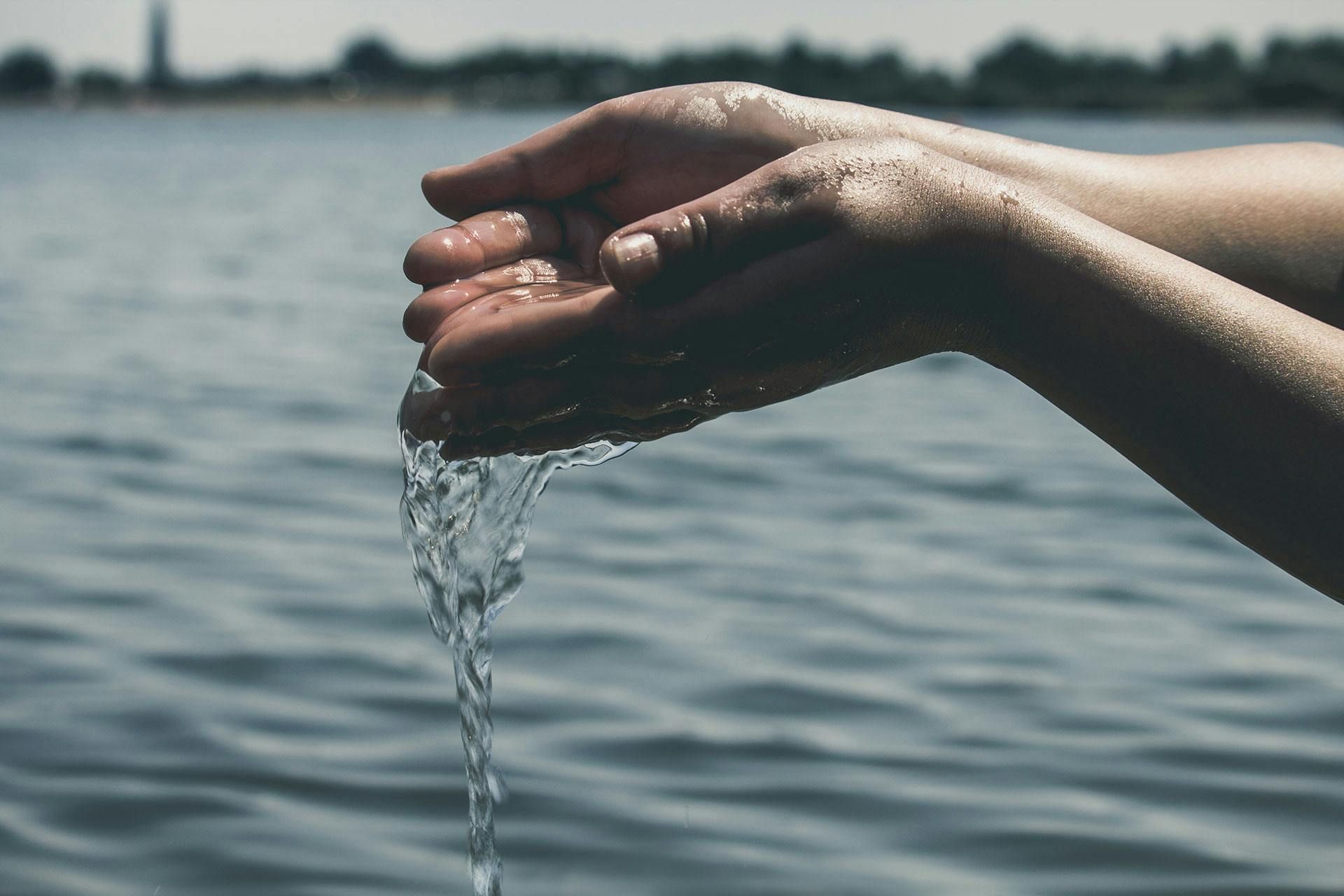


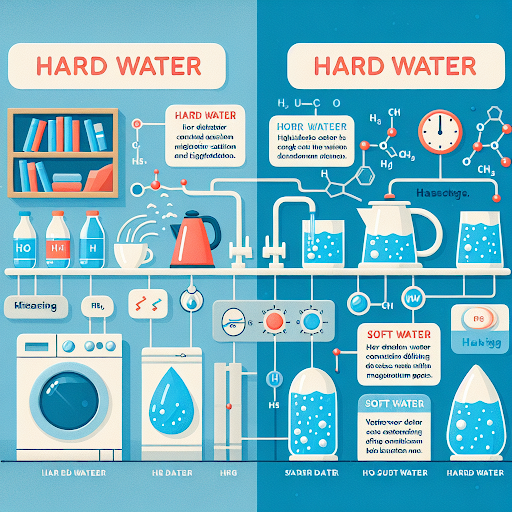
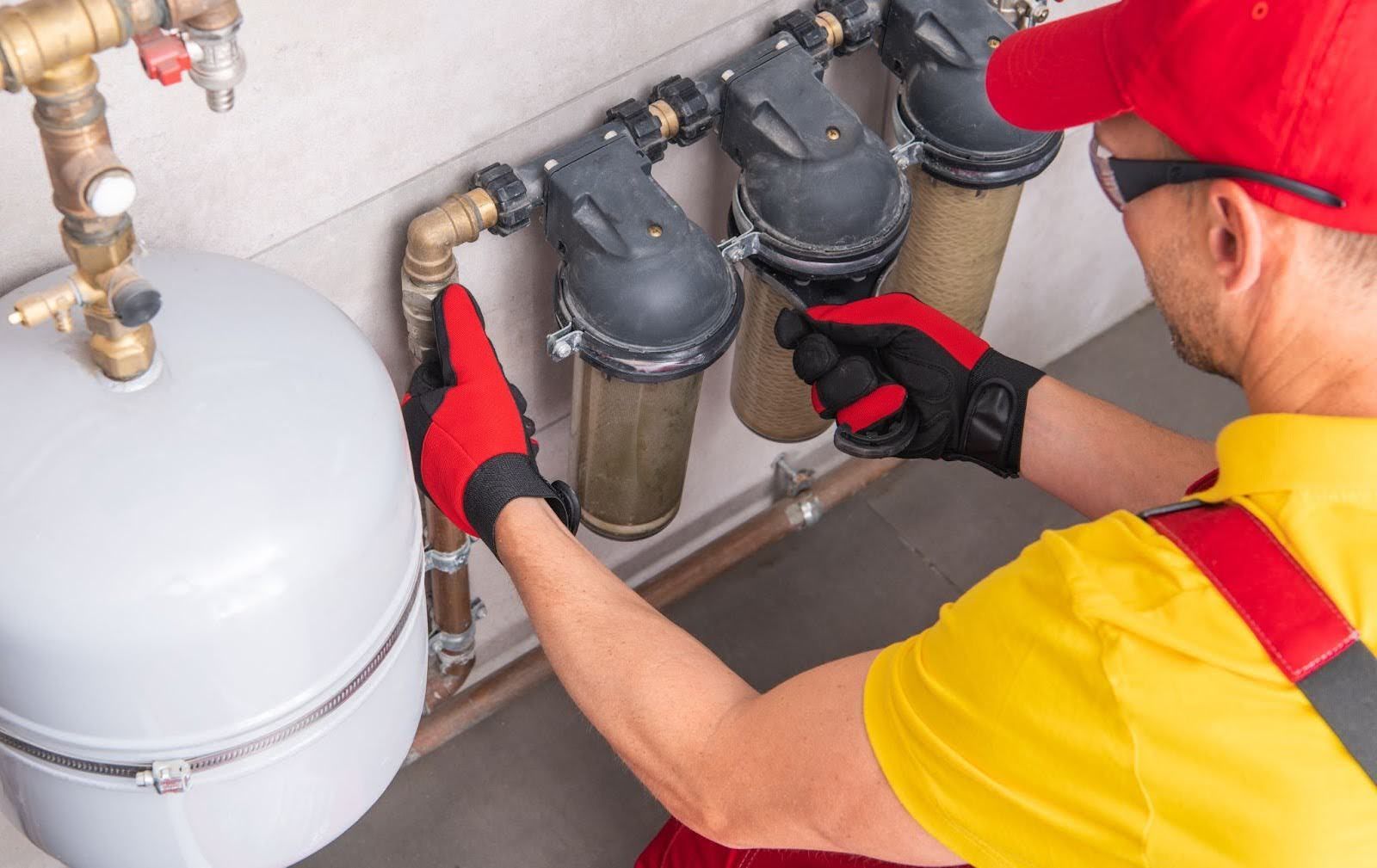
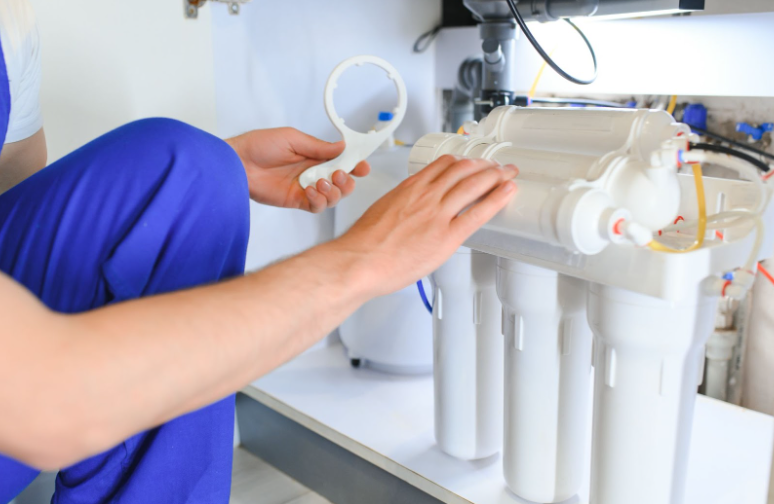
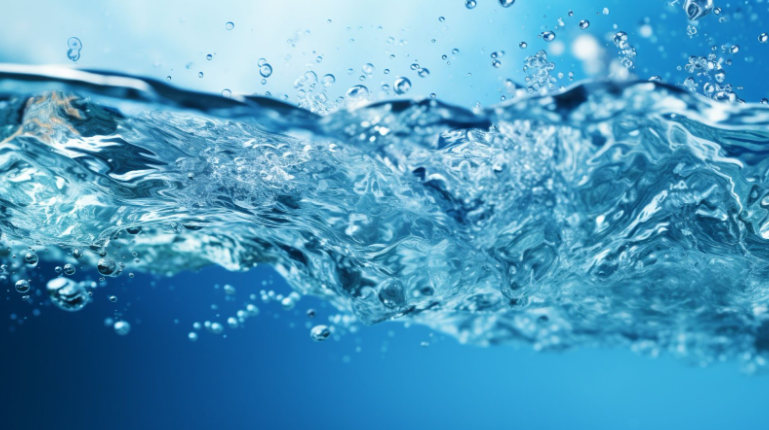
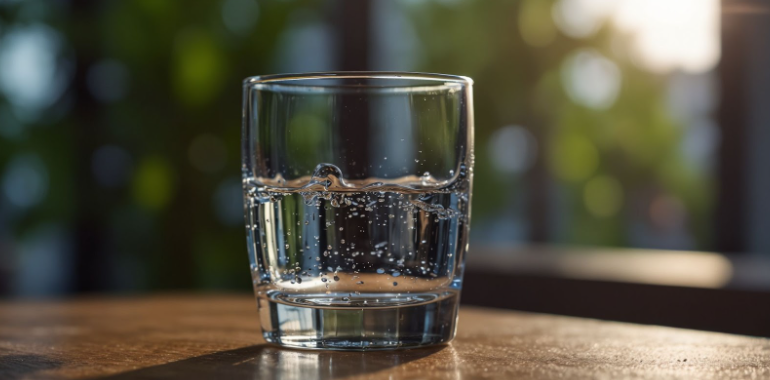
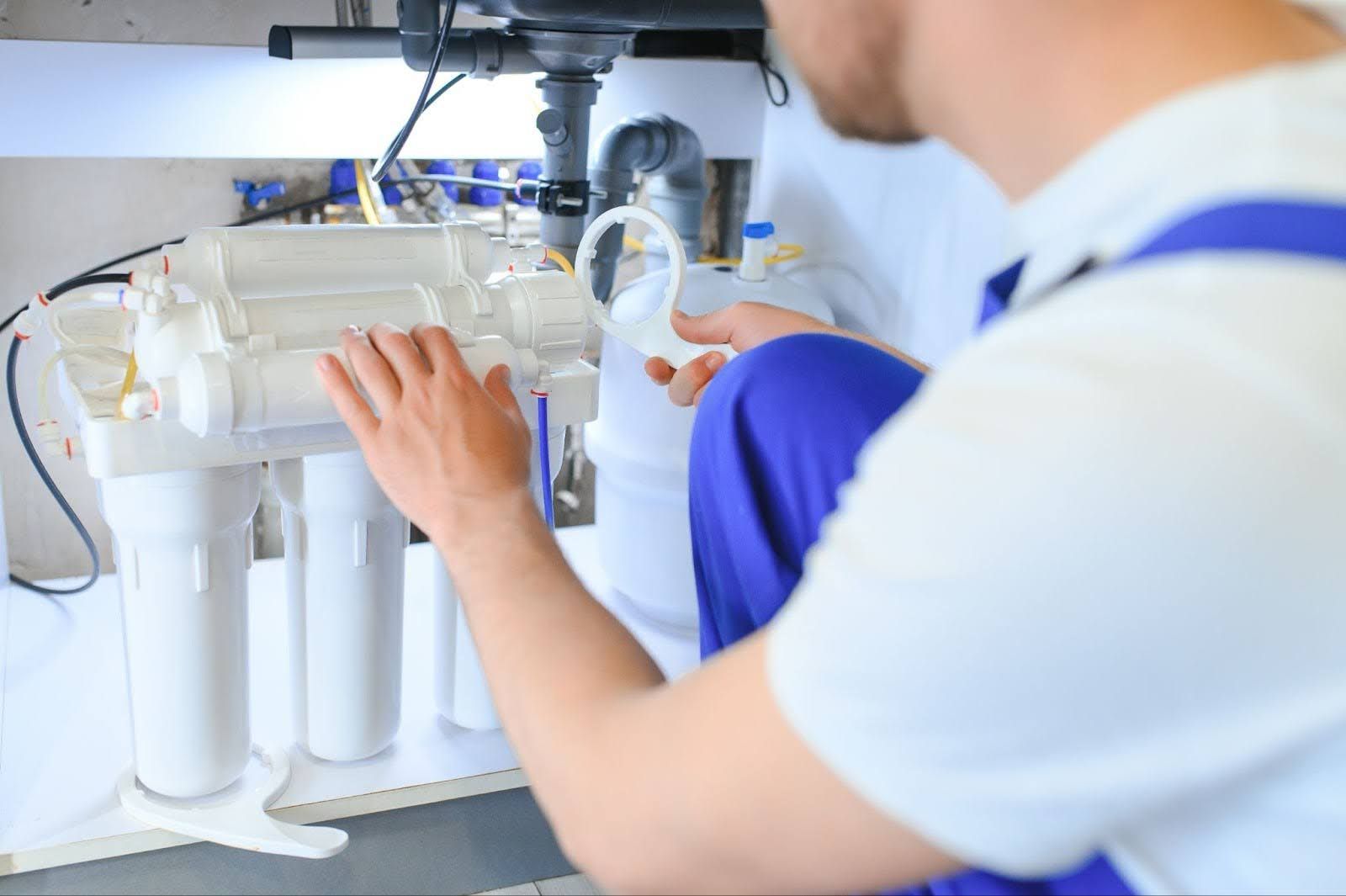

6420 N Business Park Loop Rd, Park City, UT 84098, United States of America
All Rights Reserved | Water Science
